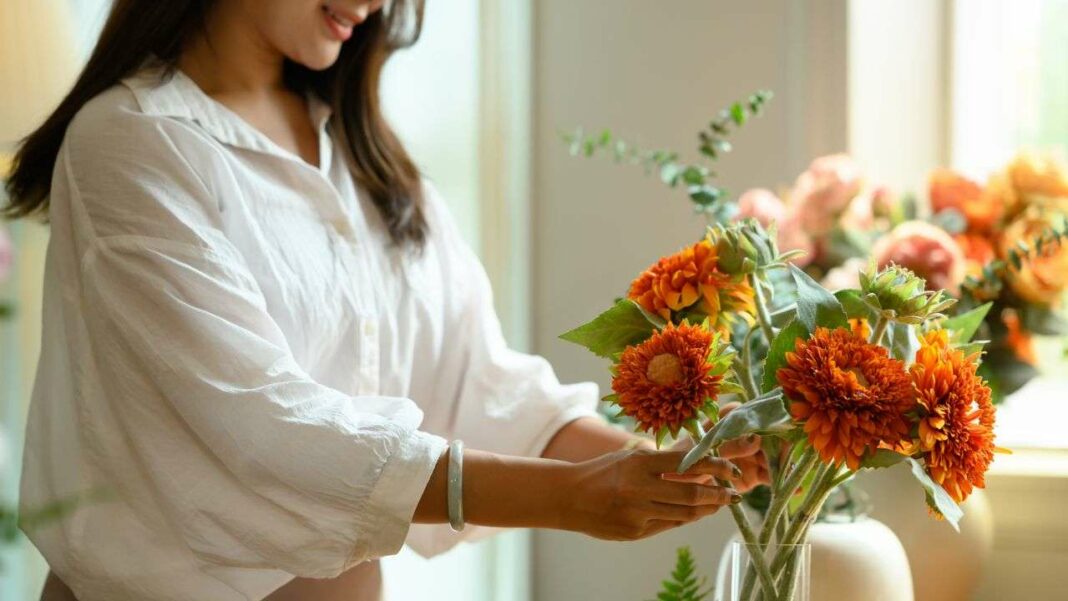Valentine’s Day flowers often come with hidden risks, as many bouquets are contaminated with harmful pesticides. A recent study found that all tested flowers contained pesticide residues, including known carcinogens, with 80% imported from countries with lax regulations. To mitigate these risks, consumers are encouraged to choose organic flowers, which have stricter pesticide controls, despite their higher costs. Supporting local, seasonal growers can also promote sustainability and healthier floral options.
Understanding the Origins of Valentine’s Day Flowers
Have you ever stopped to consider where the flowers you plan to give or receive this Valentine’s Day actually come from? Many people, like a young woman who admits, “Not necessarily, I should probably,” acknowledge a lack of awareness. Another individual shares, “For those flowers, I wasn’t questioning it,” highlighting a common sentiment. However, one woman expresses concern, saying, “We know it comes from Ecuador, we know it comes from greenhouses full of pesticides.” This sentiment is backed by recent laboratory analyses of floral bouquets, which reveal alarming levels of pesticide contamination.
The Reality of Pesticide Contamination in Cut Flowers
A consumer protection magazine recently conducted tests on 15 bouquets, including roses, gerberas, and chrysanthemums, purchased from various sources. The findings were chilling: “100% of the flowers are contaminated,” with some bouquets containing “up to 46 different pesticide residues.” These harmful substances include known carcinogens and endocrine disruptors, posing serious health risks to those who handle them regularly. The magazine further notes that “no regulation limits the presence of pesticide residues in cut flowers,” especially concerning given that approximately 80% of these flowers are imported from countries that still permit the use of these hazardous chemicals.
In a typical florist shop in Val-de-Marne, for instance, a staggering 85% of flowers are sourced from abroad due to insufficient domestic production. The florist, Patrick Gard, explains that varieties come from various locations, including Ethiopia and Ecuador, often treated with pesticides that are banned in France. Gard emphasizes the need for regulatory improvements, stating, “It’s something that needs to evolve and, of course, needs to be monitored.”
While purchasing a single bouquet may not pose an immediate threat, how can consumers minimize the risk of acquiring flowers with uncertain origins? Elsa Abdouin, an expert, suggests that opting for organic flowers is a viable solution. “The organic regulation greatly restricts the use of pesticides,” she notes, although the availability of organic flowers remains limited. Local growers, like those from Levroux, are striving to cultivate only organic and seasonal flowers, aiming to offer unique varieties that distinguish them from international competitors.
However, producing organic flowers comes with higher costs, which can deter consumers accustomed to low-priced blooms. As one organic florist in Strasbourg points out, “People would like quality without pesticides, but still at the same price as imported flowers.” To support sustainable practices, consider choosing flowers that are in season and grown locally, contributing to a healthier planet and a more transparent floral market.
